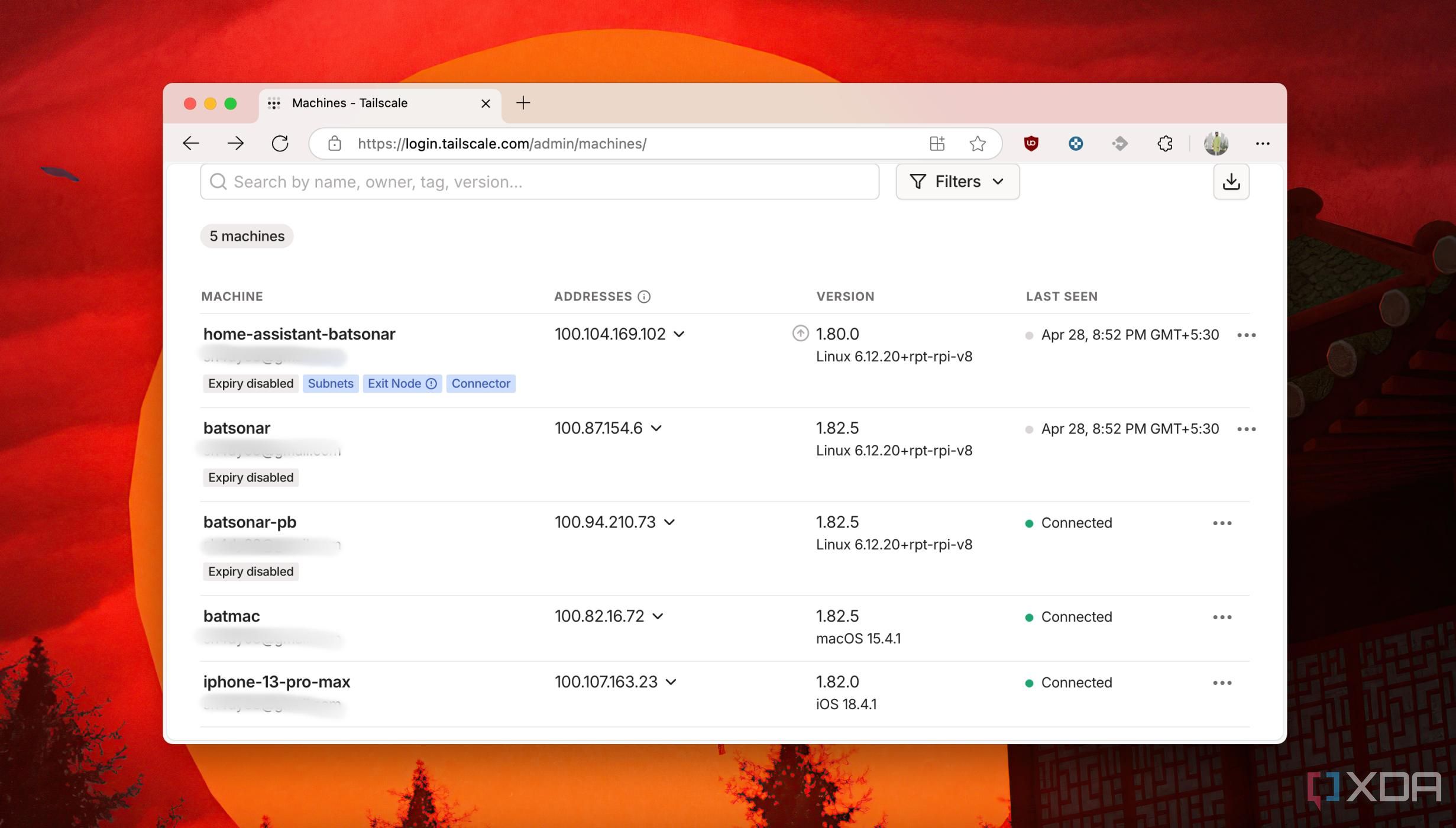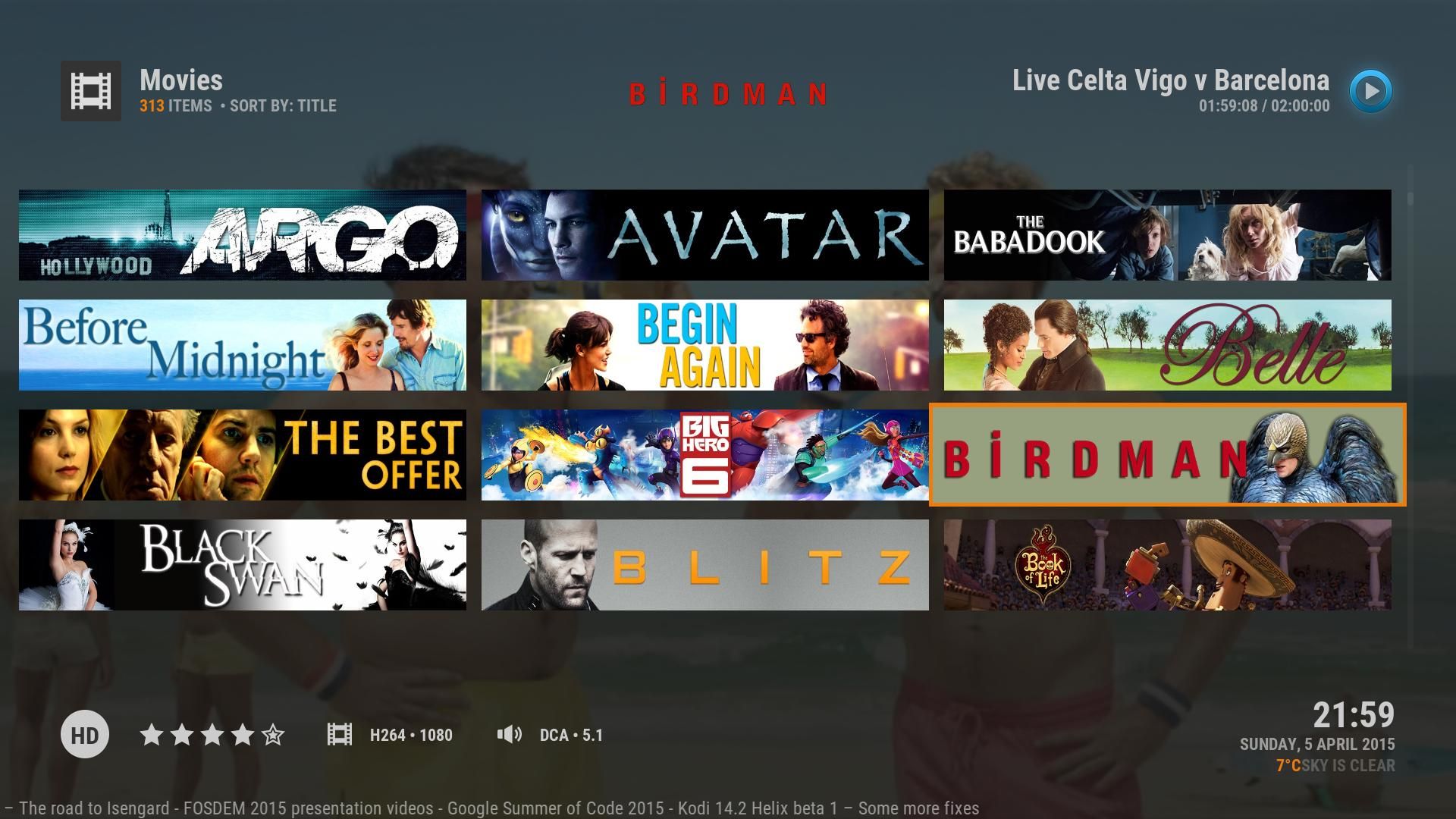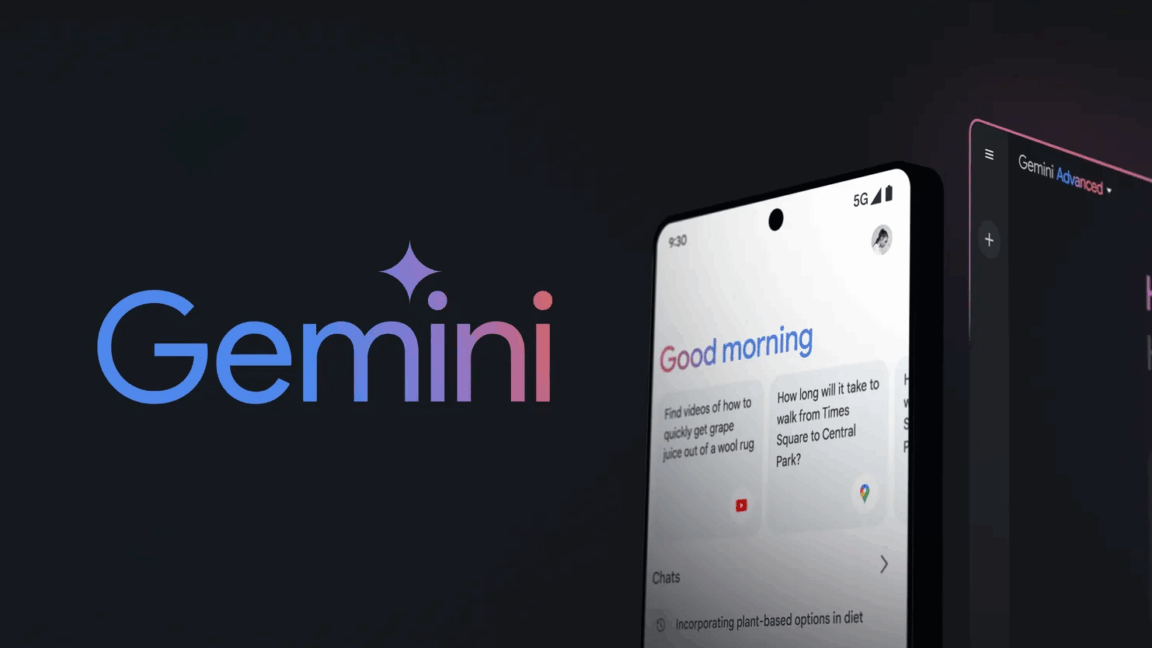I've been using Plex to host my media for about a year now, but recently the platform has made several changes that pushed me to look for alternatives. For one, the company changed how remote streaming works for personal media libraries, and it is no longer offered as a free feature. You’ll need a Plex Pass, or their subscription offering, Remote Watch Pass, to stream personal media remotely.
Jellyfin is a much better option right now if you want to create your own streaming server and enjoy it across different devices, especially a Smart TV. I used it to repurpose an old Windows laptop that had been collecting dust, and things have been pretty good so far.
Jellyfin has all the features I need
And then some
Jellyfin is an open-source media server that does everything I used Plex for, and more, without any of Plex’s new restrictions. I can stream all my movies, TV shows, music albums, and even family photos to any device. Jellyfin supports all major media types, including videos and music, and even less common types like e-books or personal photos.
Unlike Plex, which now locks remote streaming behind a Plex Pass or paid “Remote Access” plan, Jellyfin offers all its features for free. Remote streaming, hardware acceleration, multi-device syncing – it’s all included out of the box.
One of my favorite things about Jellyfin is the wide range of plugins it supports. There are some solid community offerings that enhance the functionality of your Jellyfin streaming box. For example, you can install the Intro Skipper plugin to skip show intros, or the TVDB plugin to fetch metadata.
Setting up the Jellyfin streaming server
It was easier than I thought
Setting up Jellyfin on the old laptop was straightforward. First, I downloaded the Windows installer from the official Jellyfin website and ran through the installation. Jellyfin’s installer even lets you set it up as a Windows service, which I chose to do. By installing it as a service, Jellyfin starts automatically whenever the laptop boots up, without needing me to manually launch it or even log in. This was perfect for my “always-on” server needs.
Because this is an old laptop, I adjusted the power settings so that the machine doesn’t go to sleep or hibernate when idle or when the lid is closed. Essentially, I’m using it like a mini server appliance – it stays on 24/7, plugged in, and I keep it well-ventilated to avoid overheating.
My laptop isn’t exactly a powerhouse (it has a Ryzen 7 processor), but it handles one 1080p stream without breaking a sweat. If I try to stream something that requires transcoding (for example, a very high-bitrate video or an uncommon format that the client can’t play natively), the little CPU does struggle. High-resolution 4K content would likely be too much for it.
Getting your libraries set up
The metadata fetcher is as good as Plex
One of the joys of moving to Jellyfin was re-organizing my media library and watching as Jellyfin beautifully presented all the cover art and details. I already had a folder structure from my Plex days, but I refined it a bit for Jellyfin. I created separate folders on the laptop’s external hard drive for each media type, then placed the respective files there.
All movie files go into a Movies directory. I use the format Movie Title (Year).ext for filenames (e.g., Inception (2010).mkv) — this helps Jellyfin fetch the correct metadata. Each movie is just a single file in this folder (I don’t bother with individual subfolders per movie, though Jellyfin supports that too).
My Music folder is organized by Artist then Album (e.g., Music/Radiohead/OK Computer/01 - Airbag.mp3). Jellyfin scans these and builds a music library complete with album art and artist info.
I also added a Photos library for personal pictures. I simply pointed it to my Pictures directory which has many subfolders (organized by events and dates). Jellyfin doesn’t do anything fancy with photos, but it does let me browse them on the TV or phone easily.
I was impressed by Jellyfin’s built-in metadata fetchers. As soon as the scan was done, Jellyfin had pulled down movie posters, background fan art, plot summaries, genres, and even cast information for most of my movies and shows. It uses providers like The Movie Database (TMDb) and Open Movie Database by default to grab these details.
Enabling remote streaming
For when I’m away from home

One of my requirements was being able to stream my media when I’m away from home, like watching a movie on my phone while traveling. Plex traditionally offered this, but as mentioned earlier, they have put remote access behind a paywall. Jellyfin has no such restriction, but out of the box, it is limited to your local network.
I needed a safe and simple way to access my Jellyfin server remotely. Instead of dealing with complicated router setups or exposing ports to the internet, I chose Tailscale to handle remote access. Tailscale is a mesh VPN service built on WireGuard that creates a secure private network between your devices. This means my phone, my laptop server, and any other device I authorize can communicate as if they were on the same local LAN, no matter where I am.
To get started, install the Tailscale app on the computer running your Jellyfin server and on any device you want to use as a client. Once you have installed Tailscale and signed in, the device will be assigned an internal network IP address that is only accessible within your private Tailscale network. In other words, only devices signed in to your personal Tailscale account can access it. All devices logged into the same account will now function as if they are on the same local network.
Enjoy your media anywhere
Setting up a Jellyfin streaming server is super easy, and the hardware requirements aren’t too demanding. If you’ve got a reasonably modern PC, you can easily turn it into your own streaming server. While you’re at it, check out these tips for managing your Jellyfin server to make your life easier.

Related
3 reasons Emby is a great alternative to Plex and Jellyfin
Emby is one of three popular media center choices for owned content, but how does it compare to Plex and Jellyfin?
.png)











 English (US) ·
English (US) ·